

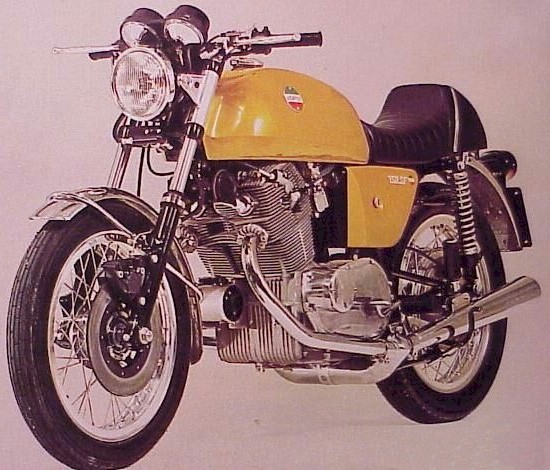
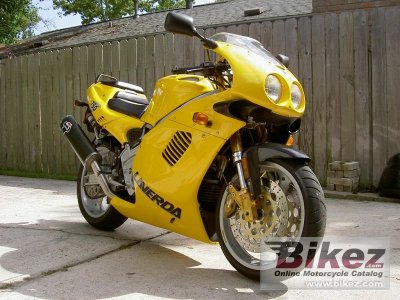 Laverda SF750
Laverda SF750
Thinking of buying a 750 Laverda twin? Dave Minton rings the changes between the models and offers shoppers well-proven advice...
In the first installment, Laverda introduced their 750 twin parallel twin and - against the odds - it proved to be one of the best. They could hardly keep up with customer demand it first, but by 1972 the competition was a lot hotter and it came with four cylinders.
1973 SF1. Also available in colour.
So for 1973 Laverda's 750 twin got the boost it needed, in the shape of the SF1. By this time sound level regulations were intruding so Laverda was faced with the conflicting difficulties of increasing gas flow and decreasing exhaust noise. Laverda achieved both ends with large diameter exhaust pipes (1.6-inch) interconnected by a transverse collector box, new style Dell Orto 36mm pumper carbs and a matching new camshaft. These mods lifted power to a claimed 66bhp at 7300rpm, and top speed rose accordingly to around 117mph.
The bike from particular year is generally regarded by afficianados as the quickest of the SFs. While their handling was heavy, although quite typical of the period, not much else cornered more sure-footedly than an SF.
Despite the apparently modest power increase, the SF1s were noticeably faster on nip-and-tuck riding. In the first place they were fitted with a single Brembo 11-inch disc front brake which, while no more powerful than the old drum, could be used repeatedly without fading. And in the second place, SF1 acceleration in normal highway use was undeniably superior to SF, thanks to a further lightened flywheel.
But the whacking great collector box beneath the bike was the problem, as any SF1 owner worth his salt soon discovered when riding through a series of bends. The thing grounded with all the eagerness of a pig after truffles, although with an appallingly amplified volume of squeal. Exhaust apart, you will also recognise this model by its squat little chromed CEV headlamp and bat-wing Lucas switchgear.
Then in 1974 came the SF2 where the SF engine reached the pinnacle of its road-going development, although not until ungagged did it breathe freely enough to realise its full potential, when with matching recarburation 120mph was available. Along with new Ceriani teles, Laverda doubled up on the front brake discs and replaced the rear drum with a single disc. Thankfully it exchanged the abominably manufactured Lucas switchgear for Nippon Denso's Suzuki pattern. Another worthwhile change was to a black Bosch headlamp. However, like many low-volume production-run models, single items may migrate from one model year to the next, often as a result of the original purchaser's personal specification. Thus the best way to date any bike is from its engine number rather than by its headlamp or braking equipment.
The SFs achieved their final form in the shape of the SF3 which arrived in 1976. The most obvious change was to the wheels which lost their wire spokes in favour of cast aluminium ones, although they remained suited to tubed tyres only. A lockable, hinged dual seat with a duck-tail box behind finished the revisions.
 750 S Formula
750 S Formula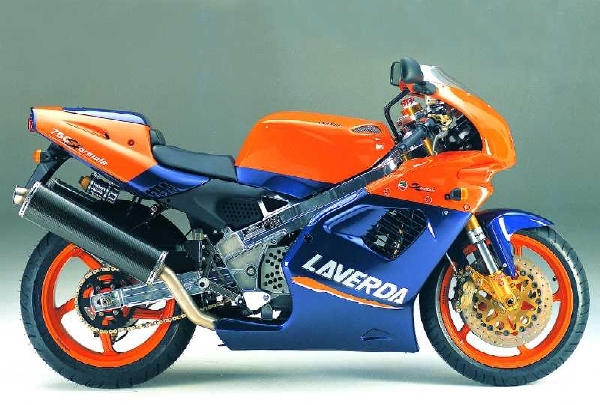 750 S Formula
750 S Formula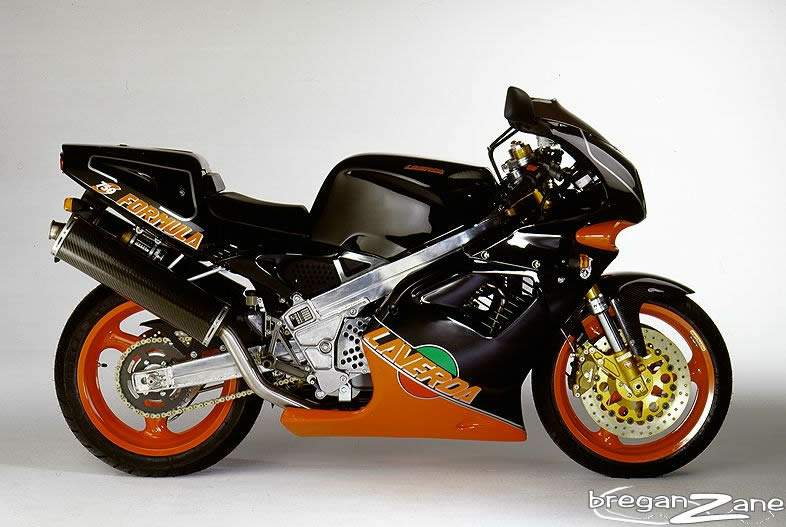 750 S Formula
750 S Formula 750 S Formula
750 S Formula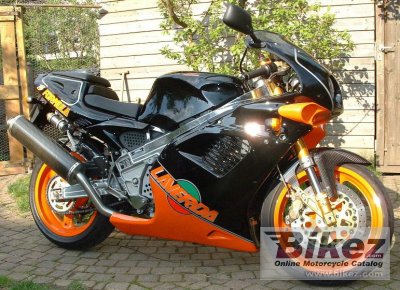 750 S Formula
750 S Formula





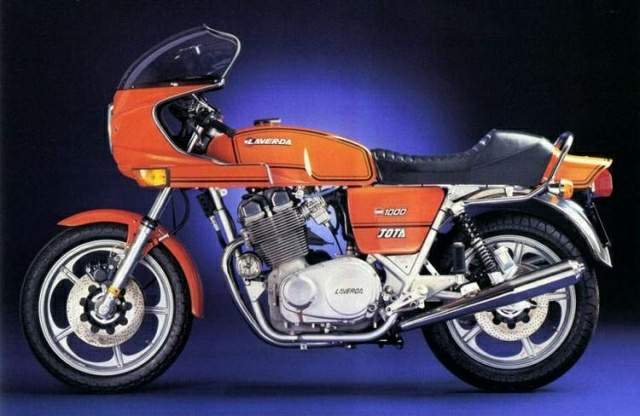
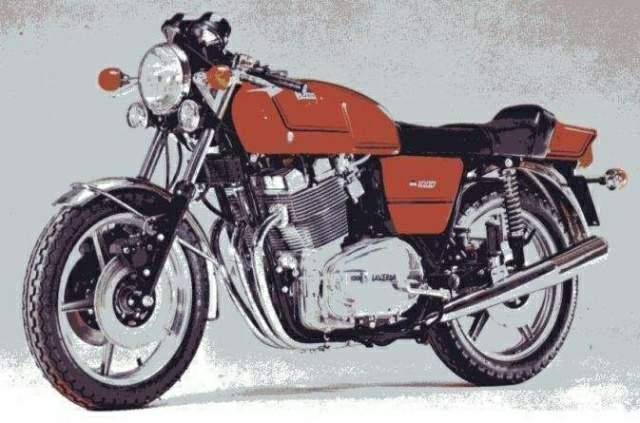
 Honda Global motorcycle
Honda Global motorcycle Honda Global motorcycle
Honda Global motorcycle Honda Global motorcycle
Honda Global motorcycle Honda Global motorcycle
Honda Global motorcycle Honda Global motorcycle
Honda Global motorcycle